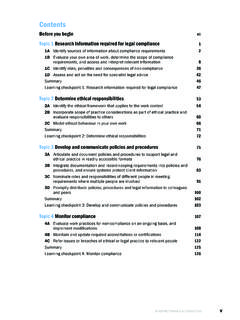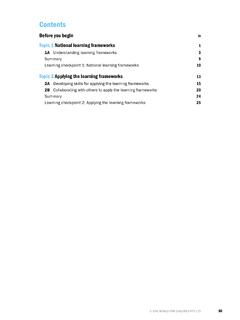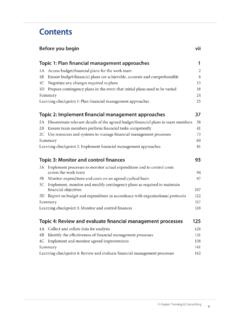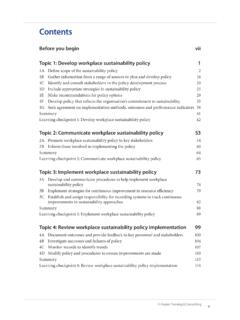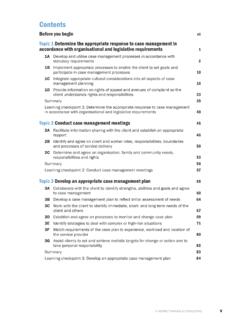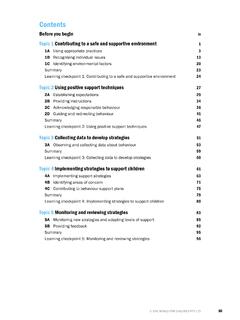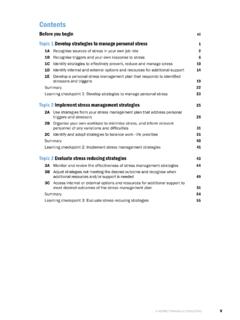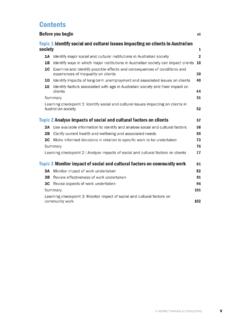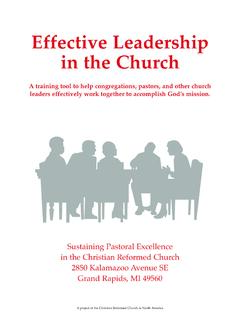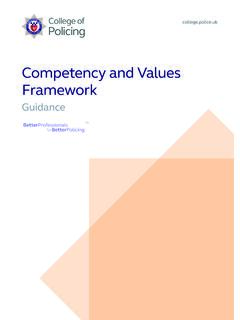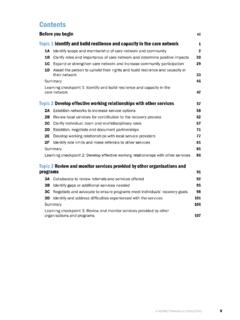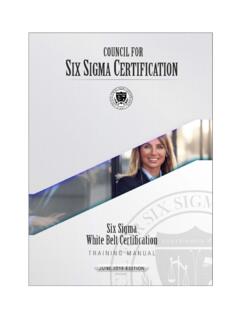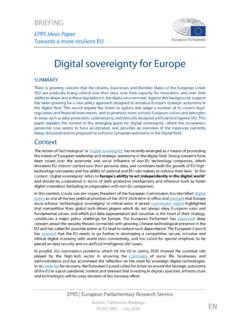Transcription of BSBLDR501 Develop and use emotional ... - Amazon Web …
1 Contents Before you begin vii Topic 1: Identify the impact of own emotions on others in the workplace 1. 1A Identify your own emotional strengths and weaknesses 2. 1B Identify personal stressors and own emotional states related to the workplace 6. 1C Develop awareness of own emotional triggers and use this awareness to control emotional responses 13. 1D Model workplace behaviours that demonstrate management of emotions 17. 1E Use self-reflection and feedback from others to improve development of own emotional intelligence 27. Summary 31. Learning checkpoint 1: Identify the impact of own emotions on others in the workplace 32. Topic 2: Recognise and appreciate the emotional strengths and weaknesses of others 35. 2A Respond to the emotional states of co-workers and assess emotional cues 36. 2B Identify the range of cultural expressions of emotions and respond appropriately 43. 2C Demonstrate flexibility and adaptability in dealing with others 51.
2 2D Take into account the emotions of others when making decisions 58. Summary 62. Learning checkpoint 2: Recognise and appreciate the emotional strengths and weaknesses of others 63. Topic 3: Promote the development of emotional intelligence in others 65. 3A Provide opportunities for others to express their thoughts and feelings 66. 3B Assist others to understand the effects of their behaviour and emotions on others in the workplace 73. 3C Encourage the self-management of emotions in others 80. 3D Encourage others to Develop their own emotional intelligence to build productive relationships and maximise workplace outcomes 83. Summary 86. Learning checkpoint 3: Promote the development of emotional intelligence in others 87. Aspire Training & Consulting v BSBLDR501 . Develop and use emotional intelligence 1B Identify personal stressors and own emotional states related to the workplace As a manager, it is essential that you identify your personal stressors and emotional states related to the workplace to ensure you care for your own emotional and physical wellbeing and that of your work colleagues.
3 Prolonged emotional stress in the workplace can lead to a loss of commitment to the organisation. As energy, commitment and motivation decrease, unhappy workers may intentionally or unintentionally withhold resources, skills or knowledge from the organisation. Uncertainty and fear related to the economy, or issues relating to your organisation, can make team members feel vulnerable or at risk of personal hardship. Learning and adopting new ways of coping with workplace stress are vital to improving the performance of your team. Workplace stress and stressors Workplace stress refers to the adverse reactions or responses that occur when the demands of a job do not match the resources, needs or abilities of the employee. While some level of stress is expected in the workplace, unnecessary or excessive stress has the potential to hinder a person's productivity or ability to perform in their role. Stressors are events or situations occurring in the workplace that trigger the stress response in an individual or team.
4 Workplace stressors can cause physical, chemical or mental responses inside the body, affecting mental function and performance. As a manager, it is your duty to identify and alleviate any potential workplace stressors that could be detrimental to your health or job performance or to the effectiveness of your team. Here are some stressors commonly found in the workplace. Common workplace stressors Lack of time 1. A lack of time management skills or insufficient work schedules set to complete tasks Too many projects 2. Overcommitting or scheduling projects back-to-back without making concessions for delays or issues that may arise or hinder progress Lack of clarity 3. Ambiguous job roles or excessive work responsibilities and duties Aspire Training & Consulting 6. BSBLDR501 . Develop and use emotional intelligence Physical signs For example, anxiety, insomnia, fatigue, depression, high blood pressure, skin conditions, weight gain, muscle tension, nausea, stomach ulcers, irritable bowel syndrome, increased susceptibility to infections or viruses.
5 emotional signs For example, negative thoughts, disappointment in self, heightened emotional reactions, increased sensitivity, loneliness, loss of motivation, lack of self-confidence, mood swings. Mental signs For example, confusion, lack of concentration, poor memory, indecision. Behavioural signs For example, changes in diet, increased smoking or drinking of alcohol, consumption of stress-related medication, nervous behaviour, arriving late to work, taking more time off. Aspire Training & Consulting 8. BSBLDR501 . Develop and use emotional intelligence Reduce team workplace stress by: offering rewards and incentives showing team members that they are valued providing opportunities for career development establishing a zero-tolerance policy for harassment and discrimination clearly defining job roles and responsibilities sharing information with work colleagues to reduce uncertainty clearly communicating organisational policies and procedures praising good work performance, both verbally and officially including employee contributions in decision-making communicating in a friendly and positive manner consulting team members about scheduling and work tasks providing opportunities for social interaction supporting team members through coaching, mentoring or training.
6 emotional states emotional states are characterised by an unperceived co-occurrence of two or more different emotional feelings, eliciting an instant physiological response to a situation. In other words, your emotional state brings a certain set of feelings that come about with a particular activity or under certain circumstances. For example, if a work colleague accuses you of saying something you didn't actually say, it is likely that you will feel angry as a consequence yet not immediately perceive your own angry state. This rapid change in your emotional state will be evident by how you respond verbally, as well as through your facial expression and body language. Identifying a particular emotional state can be difficult, because people have several emotions they are experiencing all the time. Every mood present in a workplace situation has a corresponding emotional state. Learning to understand your emotional states and those of your work colleagues, and how to deal with them, will help you to make better organisational decisions and form positive relationships.
7 Some examples of emotional states: Pleasant Expectant Anxious Amused Fearful Happy Angry Disgusted Kind Mixed Use emotional intelligence to deal with stress Developing emotional intelligence will assist you to manage the levels of stress you experience in the workplace. Practising the emotional intelligence skills in the ways suggested here will relieve stress for both you and your work colleagues. Aspire Training & Consulting 10. Topic 1. Identify the impact of own emotions on others in the workplace Being on the receiving end of an emotional outburst Positive response: Remain calm, think positively and create the space and time to decide how you will respond. Negative response: Continue the argument in a heated manner and risk saying or doing something you may regret. Being wrongly accused of doing or saying something Positive response: Conduct a productive confrontation, stating your position and expectations.
8 Negative response: Respond aggressively or discuss the issue with someone other than the people involved. Feeling consistently undermined by a team member Positive response: Reframe your thinking and understand that this is not about you. Negative response: Let your feelings control your thoughts and assume your team member dislikes you. Example: be aware of own emotional triggers Carmel is the sales team leader in an insurance organisation. She is naturally an optimistic person, making her an enthusiastic leader in the workplace. She has a good relationship with her team and goes out of her way to support and encourage team members when they are struggling. Carmel is also a perfectionist and suffers from a fear of failure. Therefore she strives to perform at her optimal level at all times, to avoid mistakes that she could be criticised for. Due to a recent downturn in the economy, the organisation is suffering.
9 New insurance policy sales figures have dropped significantly and the senior management team has been putting pressure on Carmel to meet organisational sales targets. This has caused her to become stressed and as a result she is suffering from mild anxiety. Carmel's team members have noticed her mood change. When she switches her primary focus and energy to meeting sales targets, rather than supporting and coaching her work colleagues, team members become increasingly distressed. As a whole, the team's ability to process information and respond v1441. effectively is diminishing. Aspire Training & Consulting 15. BSBLDR501 . Develop and use emotional intelligence Coaching Some tactics used by coaches of sporting teams are also useful in the workplace. Assuming a coaching role can be effective at an individual level and a team level. The sports arena is similar to the workplace in that a team needs to be selected and trained well, there is always a goal and a plan of attack, and there is also a lot that can be learnt along the way.
10 Helping individuals perform at their best and motivating them to succeed and achieve their goals are what sporting coaches do every day. Managers can learn from their techniques, which include: helping and encouraging team members to be an expert or pro at what they do setting goals for individuals that are unique to that person and reflect their abilities and personal aspirations using collaborative techniques that give team members some control over the way things are done and a sense of ownership in the process coming up with new, different and better ways of doing things and having an open mind when suggestions are made (and encouraging team members to do the same). emotional intelligence principles and competence emotional intelligence is widely recognised as the ability of an individual to monitor their own and others' emotions in a social or work environment, to discriminate among the emotions and to use this information to guide their thinking and actions.
